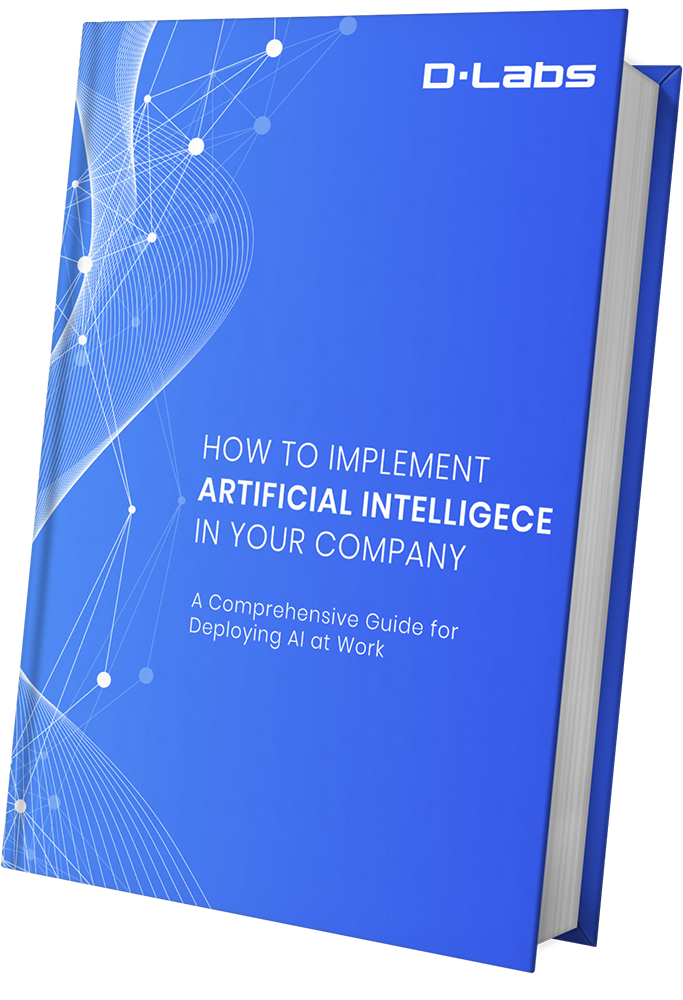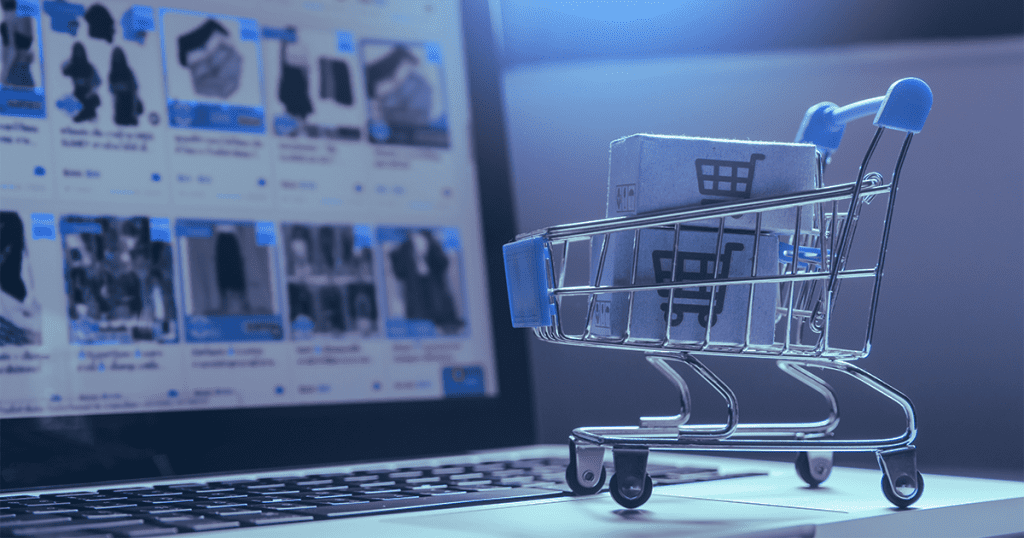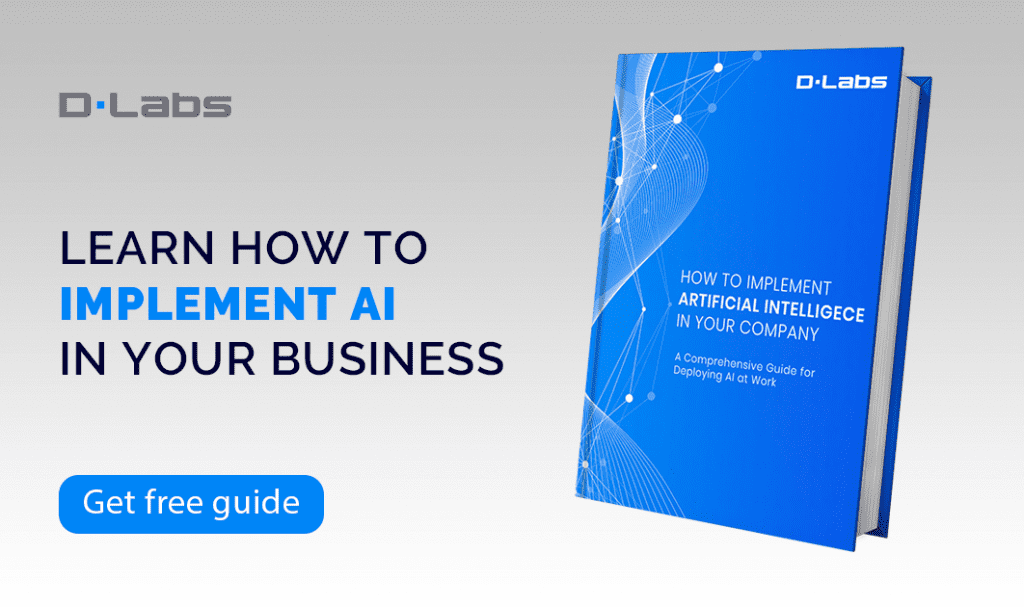When Amazon introduced ‘1-click’ in 1997, retailers trembled.
The innovation gave customers a way to purchase anything from the eCommerce store with just one click. And the feature soon set the standard for buying anything online.
Fast forward to today, and expectations have shifted again. Consumers now think that retailers should know what they want, often before they realize it themselves. Sometimes, this takes the form of ‘people also bought’ recommendations.
But even these require the consumer to click ‘Add to basket.’ The next genuine innovation lies in something called zero-click buying. Which, thanks to artificial intelligence, is closer to becoming the new eCommerce standard. What is it?
Let’s answer that now.
What is zero-click buying?
Imagine you buy an iPad from Amazon.
When the package arrives at your door, you not only find the tablet inside. There’s a case, a protective screen.
And, somewhat unexpectedly, an attachment for hanging the iPad on the back of a car seat, giving your kids a screen to watch when you drive. Set within the items is also a note that reads, “Keep what you like, and we’ll add the items to your invoice.”
“…or send some items back, and we won’t charge you a dime for them.”
This is the notion of zero-click buying — where a retailer harnesses everything it knows about a customer (say, that you have kids).
Then, it sends you products it believes you want without you actually clicking ‘Add to basket.’ With 95% of purchases expected to be online by 2040, every retailer needs to adapt to the new standard of online shopping.
And thanks to artificial intelligence, this sort of eCommerce experience is becoming more economical by the day.
Here’s how.
AI and zero-click buying: 5 steps to the perfect strategy
If preemptively sending products to a consumer sounds expensive, know that artificial intelligence can moderate the cost.
Here are five ways you can use AI to create the perfect zero-click buying strategy.
1. Harness Big Data
Big Data is crucial to zero-click buying. After all, the more you know about your customers, the easier it is to know what to send them.
You can use predictive analytics to see what customers want next based on recent purchases — or to know when to send sprays, polishes, and spare parts because you expect an older item might need a fix.
Amazon’s recommendation engine already uses Big Data to personalize its storefront for each customer. At the same time, Netflix delivers 75% of content to users via recommended shows (as well as using AI systems to save over $1 billion annually).
Now you can harness big data to enable your zero-click buying strategy.
2. Localize the shopper experience
The needs and wants of a teenager in Texas, USA, will look very different to those of a family man living in Edinburgh, Scotland.
That’s why you need to use AI in eCommerce to personalize product recommendations based on locality as much as purchase history. AI solutions in retail can gather information from many sources to understand people’s preferences in all corners of the world.
Retailers could even find out, say, if someone is going on holiday (and where they’re headed), then send ski gloves or sun cream based on the insights.
3. Find the perfect price point
There are two crucial aspects to a successful zero-click buying strategy. First up, you have to pick a product the consumer wants.
Secondly (but just as important), you have to find the perfect price point: just a slight miss can lead a consumer to shop elsewhere. Machine learning algorithms can analyze thousands of data points to find the best pricing strategy.
And if a customer sends a product back, you can ask them if the price was a factor, then use the response to refine your algorithm.
Read also: Price Prediction: How Machine Learning Can Help You Grow Your Sales.
4. Integrate AI into your CRM
Some customers will love zero-click buying, others will not. And the second segment will get very expensive, very quickly.
But if you integrate AI into your CRM system, you can use an algorithm to spot who regularly sends products back, then suggest they unsubscribe from the service. Another way to use AI in retail is to enable AI-enabled voice assistants and chatbots.
That way, if customers have questions about products they receive, they can find a response online and avoid overwhelming your customer service.
Read also: Conversational Chatbots Can Revolutionize Your Sales Process, Here’s How.
5. Use ongoing insights to refine your strategy
The beauty of AI solutions in retail is that they get better with age. That’s to say: the longer they exist, the more accurate their predictions get.
If you use AI to analyze customer behaviors, you’ll quickly find ways to improve your zero-click buying service. Whether that’s in the products you send or the customer support you provide — algorithms are brilliant at spotting areas for optimization.
Read also: 11 Ways AI Can Improve The Retail Industry.
Zero-click buying vs. zero-click searches
While zero-click buying will profoundly impact retail in general, zero-click searches will affect eCommerce in particular.
So let’s take a brief look at that.
In 2019, Google introduced a concept that marketers now call ‘Position Zero’ as the top search result automatically includes a text snippet.
The snippet might be something as simple as an address, or it could be a paragraph drawn from the top-ranking website — but the intent is the same: to serve relevant content without the user having to click.
And this is where the term ‘zero-click search’ comes into play. As you can imagine, a zero-click search presents website owners with a dilemma. They want to rank high and provide valuable information to users.
But they also want these same users to click through to their website.
Zero-click buying: a vision for the future
For anyone who has an Amazon Alexa in their house, the experience of zero-click buying is easily imaginable.
Say, ‘Alexa, buy washing liquid.’
And within a matter of hours, it will arrive at your door.
Now think of all the Alexa-integrated products — toasters, fridges, even cars — and you quickly see how Amazon can understand both what you need. And when.
If Alexa knows your oil level is getting low, she can send you a top-up before you run out. Equally, when the vegetable compartment in your smart fridge feels light, Whole Foods can send you a box of whatever’s in season.
And as this technology becomes part of our everyday lives, it gets easier than ever for zero-click buying to set the new standard in eCommerce.






